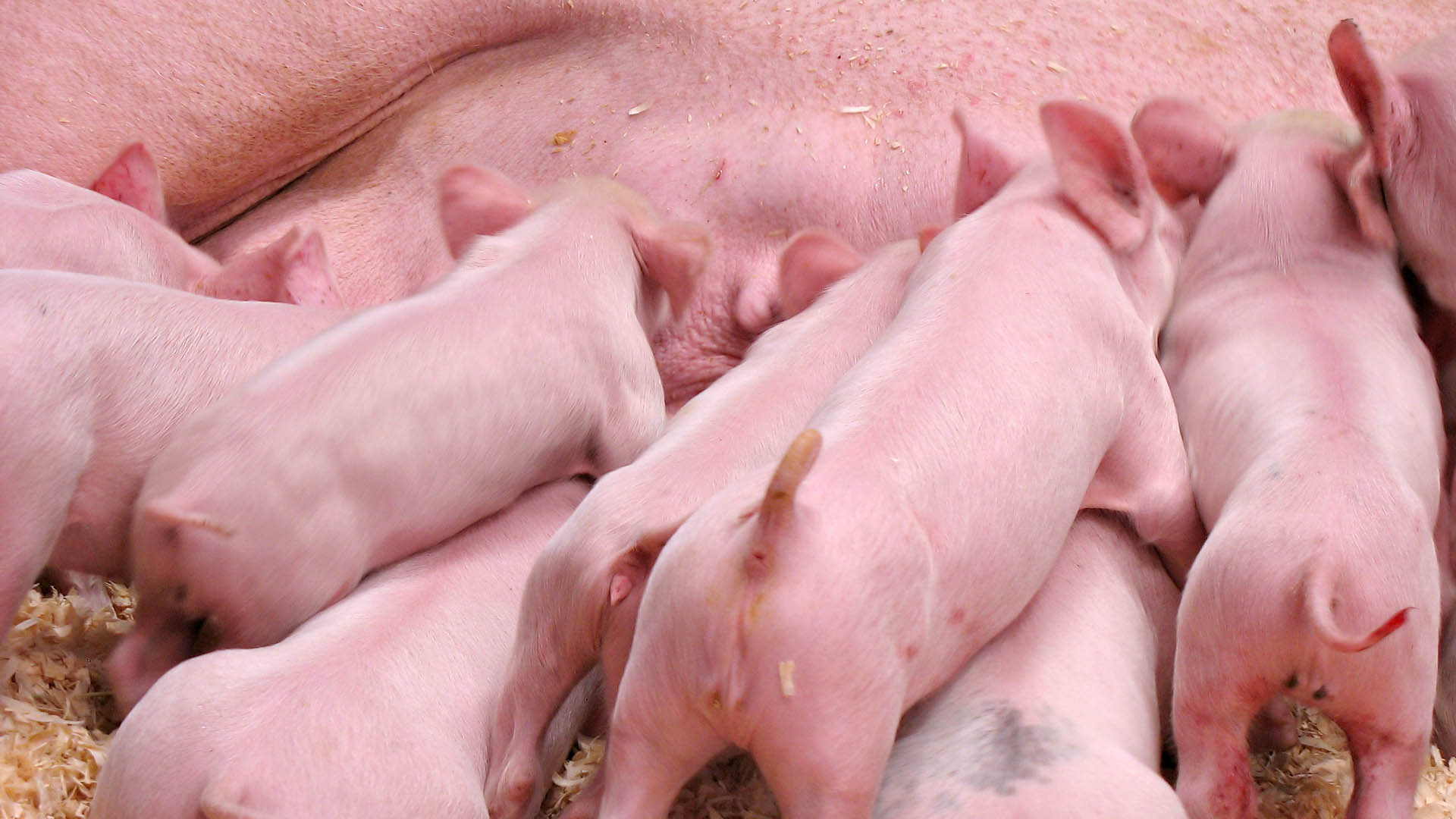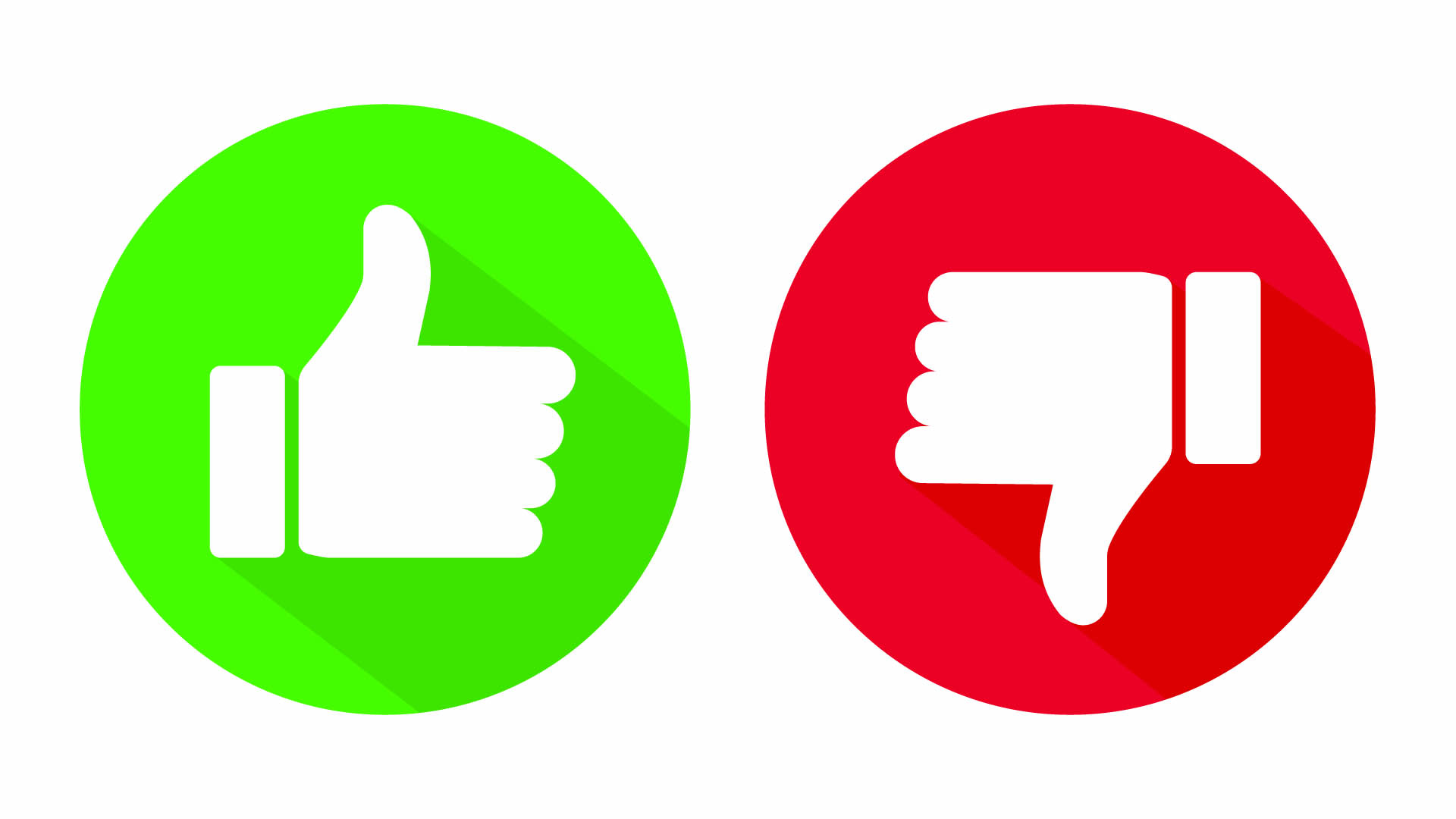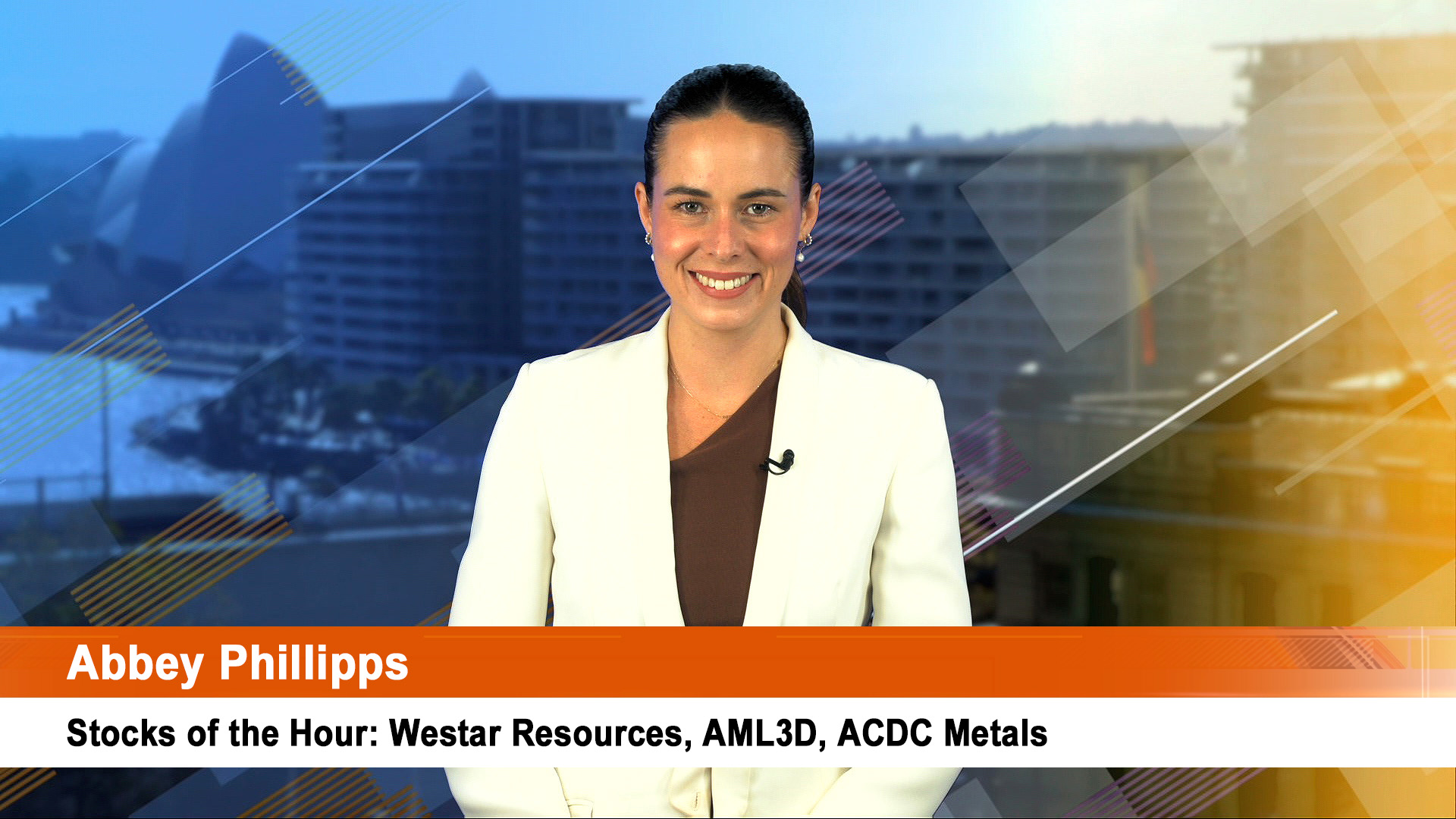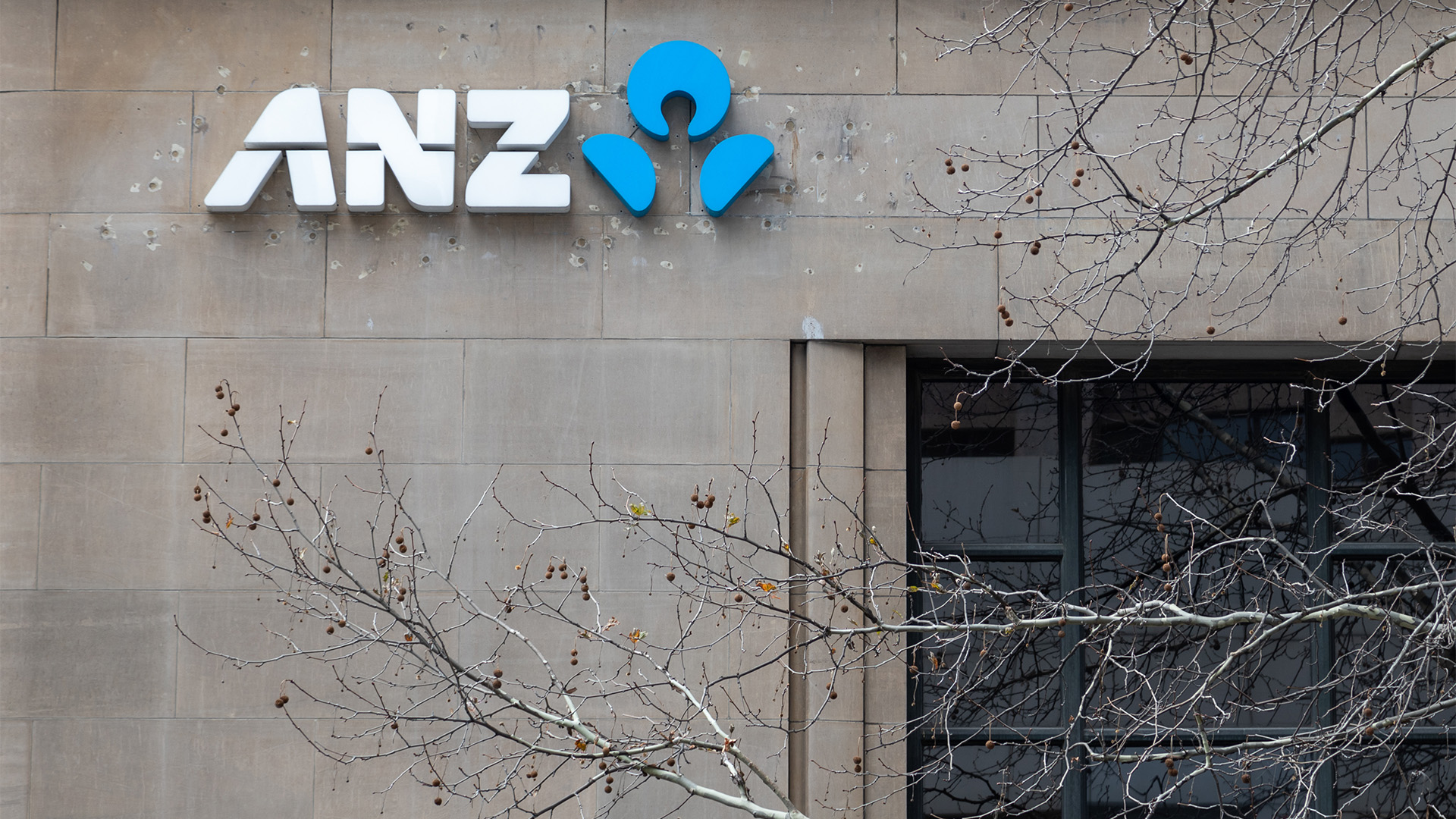
If you are a shareholder in the NAB, don’t worry, the 2009 result was a pretty good.
If you are a customer in business or home lending (or a credit card), you’d be entitled to question all the reports and comments from the bank and its management on how tough conditions were during the year, and how deposit costs have risen.
As the bank’s many reports released yesterday, reveal, that’s a long way from what was the true situation during the year.
Yes the first half was rough, cash earnings down 9.4%, but for the full year, they were only off 1.9%.
Net profit was down 42.9% after bad debt charges blew out in the recession Australia forgot to have.
That’s on a normal accounting business, which involves the bank taking money out of pre-tax profit and stuffing it into provisions for a rainy day or dodgy loans made to businesses.
The second half loss was an accounting loss and related to the NZ tax ruling that is not yet settled. NAB has more than enough capital to cover that.
However that was a picture further from the rude health of the NAB’s report.
In fact the NAB and its peers have an earning surge waiting to happen, if there are no disasters waiting to mug us in the next few months.
A senior Reserve Bank official pointed out yesterday that that was now unlikely, so you can start expecting to see upgrades and a lot more ‘nice’ chat from analysts about the outlook.
The worst is certainly over.
It was a high class result and with the bank increasing its Australian interest margin in the year, you have to wonder how it can justify lifting fixed home loan rates, which it has done in the last week or so.
And with such a strong result under its belt, you would have thought the bank might have mentioned the help from the Federal Government and Reserve Bank during the year, especially in the first half in stabilising the banking system and boosting confidence (and providing cash to keep the banks going).
Far from it. If it hadn’t been for the Commonwealth’s lending the banks Australia’s Triple A rating (for a fee) and the RBA lending the banks $45 billion via repurchases of self-securitised home loans in the final quarter of 2008, the NAB and its fellow banks might have had a far different set of figures to set before shareholders.
So do you believe that the NAB’s net profit was $2.589 billion for the 12 months ended September, down from $4.536 billion in the previous year, as the bank said?.
Dividend was chopped 24.7% with two payments of 73 cents a share (interim and final), making $1.46 for the year as a whole (down from $1.94 a share in 2008).
Shareholders paid a price as well, but don’t expect the payouts to go up, with the bank saying yesterday that they will stay at 2009 levels for a while yet as the bank rebuilds capital.
Some early reports suggested the bank had a bad year. It did in one respect because many of the bad debts, actual and prospective, were due to dud lending practices to the big end of town, Allco Financial, ABC Learning and the like.
So the bank filled its bad and doubtful debts full of extra cash (which helped with the impression of a tough year). Bad home loans were not an issue.
The bank’s band and doubtful debt charge for the year was $3.8 billion, up $2.3 billion after excluding conduit costs (conduit costs were those funny money securities the bank had parked off balance sheet and which imploded during the slump from late 2007 through to earlier this year. the value is now rising).
But a look at the detail of the NAB’s result shows a very different story: one of an immensely strong and resilient organisation that is now one of the Big Four dominating the Australian economy in a way we have never seen before.
Take revenue, up just under 10% in a year (to $16.9 billion) that was allegedly ‘tough’.
Having reported and observed the terrible slump of the early 1990’s (Which the NAB rode out), the past two years, while terrifying in parts, have ended up helping the banks and being very, very kind to them.
Cash earnings fell 1.9% (hardly a blink when we are talking billions of dollars) to $3.841 billion in the year to September, from $3.916 billion in 2008.
Cash earnings omit unrealised gains or losses related to asset values; while so-called underlying profit, which excludes expenses and bad and doubtful debt charges, was $9.3 billion, up 14.6%, which is a very, very good year for any company, let alone one in a year that the Australian economy has just been through.
Net interest margin in Australia, the bank’s profit heartland rose from 2.42 cents in the dollar to 2.59 cents (it was as high as 2.65c at the March 30 half way point).
The rise in the net interest margin was not played up at all in the media statements: it was buried in the detail in the report to the ASX
The bank lifted revenue 9.7%, costs went up 2.9%. The overall cost to income ratio fell to 43.9 cents in the dollar from 46.9c. In Australia it was even lower, around 38.8c in the dollar. This is a lean, mean money machine.
When the bad debts stop growing, as they will this half, the NAB will start coining cash like it has not done before.
That is the ‘forward story’ from this result.
The Australian economy has steadied and is starting grow. That means bad debts will now start falling (barring another disaster).
No where was the true state of the strength of the NAB evident than in its Australian banking business, from where the it gets most of its earnings (59% to be precise)
"C













